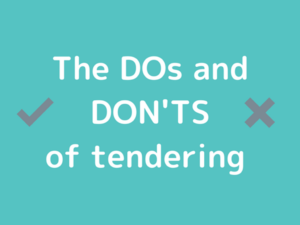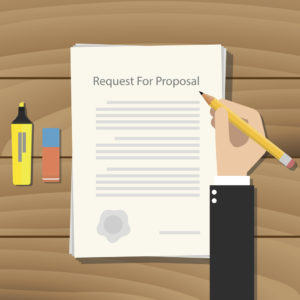By Kate Burrows, Managing Director, Tender Training College
The Tender Training College is joining the fight to give SMEs a larger piece of the procurement pie, calling on governments at all levels to increase the tender participation rates of small and medium sized businesses, and to make the process easier and more accessible for all.
Kate Burrows, Managing Director of the Tender Training College, has helped business owners win more than $25 billion worth of new contracts over the past 15 years and believes SME tendering is key to giving the Australian economy the kick start it needs in a post COVID era.
“We have seen a 30 per cent increase in SMEs looking to improve their tendering skills in recent months so they can compete for government contracts, as they find new ways to survive during this tumultuous time. That’s because government contracts offer good tenures, clear payment terms, defined deliverables and reliable income streams for SMEs to grow their businesses securely.
“However, many small businesses simply don’t know where to start with tendering often because of the highly complex nature of the tenders themselves and the formalities of the process. Tendering is like learning a new language!
“Time and time again I witness how SMEs are unfairly disadvantaged in the process compared to big business because tendering requires significant time, effort and resources to be successful. It’s imperative SMEs educate themselves with the fundamentals of tendering to put themselves in the best possible position to tender, but also for governments at all levels to make the process more equitable and accessible,” explained Ms Burrows.
The Australian Small Business and Family Enterprise Ombudsman Kate Carnell said small businesses will play a critical role in the post COVID economic recovery, calling on the Federal Government to offer contracts, with a value of up to $10 million, to small businesses before they are opened to the wider market. [1]
In the 2018-19 financial year, the Federal Government awarded 78,150 contracts, with 53% going to SMEs totalling $16.7 billion[2] in value. This represented an 18.2% increase[3] in the number of Federal Government contracts awarded to SMEs compared to the previous period.
Tender Training College has developed a FREE eBook specifically for SMEs with 10 strategies to help them avoid costly mistakes and to give them the best chance to win government and/or private sector tenders. DOWNLOAD YOUR FREE COPY OF THE EBOOK NOW!

Some of these strategies include:
- Thoroughly review the tender: Read all parts of the tender closely to get a complete picture of what you are bidding for. Failure to do so means you are tendering blindly.
- Conduct a go/no-go process: Do the analysis when receiving a tender to determine your chances of success and whether or not you should actually bid for the work. Otherwise, bidding could be a waste of time, cost and effort.
- Offer the best value for money: Develop a competitive price and identify areas of opportunity that differentiate your tender response and provide value to the client. Put your bid on a superior footing.
[1] https://www.asbfeo.gov.au/news/news-articles/small-business-procurement-panel-essential-economic-recovery
[2] https://www.financeminister.gov.au/media-release/2019/11/21/procurement-contract-targets-exceeded-small-and-medium-businesses
[3] https://www.financeminister.gov.au/media-release/2019/11/21/procurement-contract-targets-exceeded-small-and-medium-businesses








